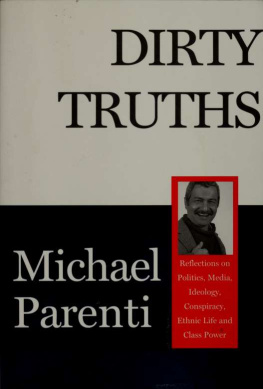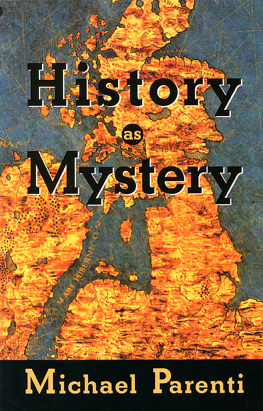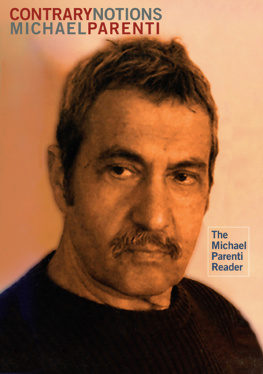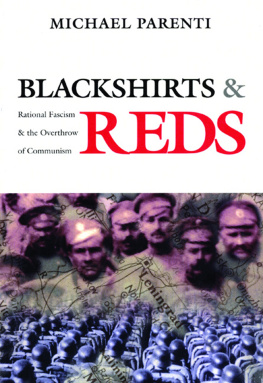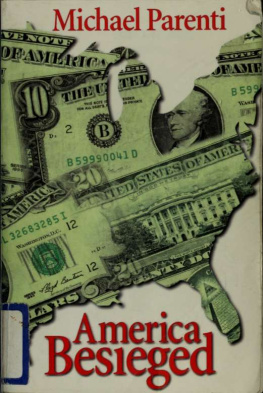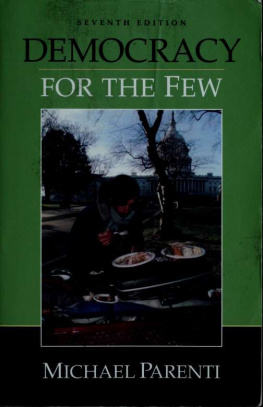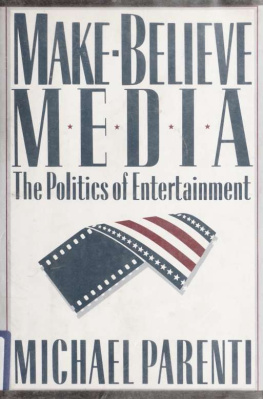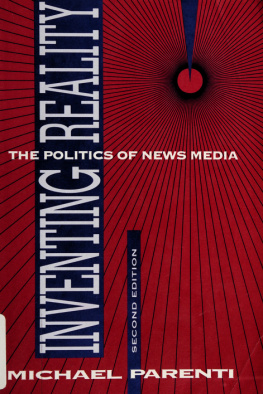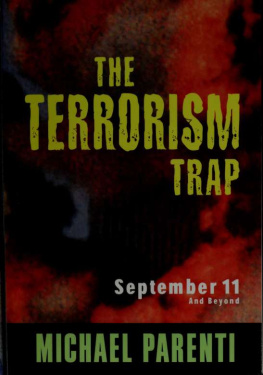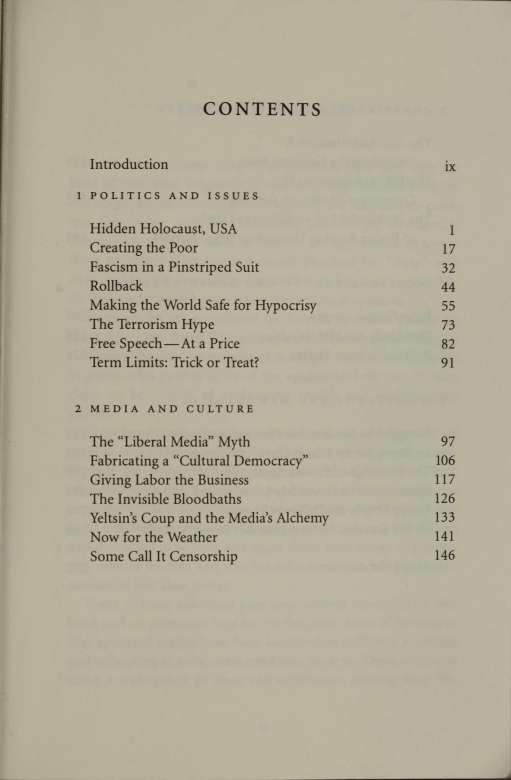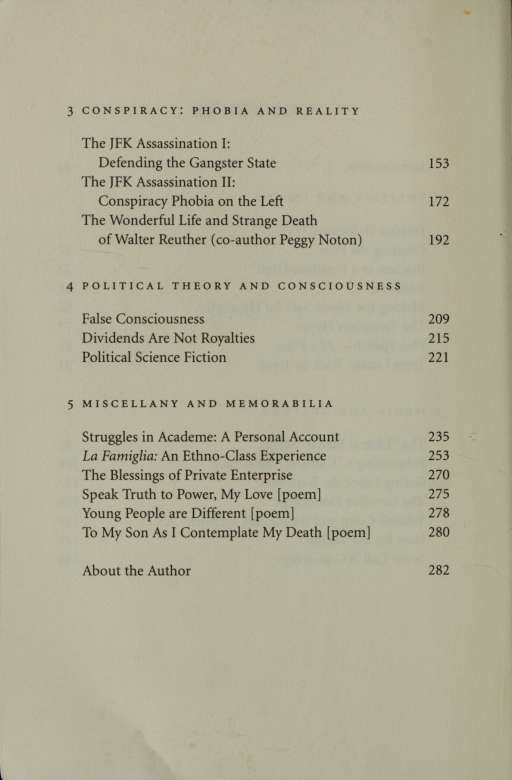Many thanks to my valued friend Sally Soriano for the assistance and unswerving support she has furnished in the writing of this book. Also an expression of appreciation to Jane Scantlebury for suggesting useful changes in the manuscript.
I owe a special debt to Peggy Noton who encouraged me to embark upon this project and helped to organize the initial undertaking. She also painstakingly edited the entire manuscript, bringing needed improvements to it. In addition, she co-authored one of the articles.
Over the years, Kathleen Lipscomb has offered critical comments on earlier versions of a number of the selections herein and for this she has my gratitude.
Once again I had the benefit of working with Nancy J. Peters, editor at City Lights Books. My thanks to her and other members of the City Lights staff who helped produce the final product.
INTRODUCTION
I call these writings Dirty Truths because they deal with the kind of undiluted information and ideas largely excluded from our corporate-dominated media, schools, and mainstream political life, views that are studiously ignored or strenuously denounced, so much so as to take on the appearance of something improper. They are not merely dissident but "dirty," as it were, lacking the unexamined repetition and aura of respectability that are bestowed upon more conventional opinions.
Some truths are considered so dirty as to reflect poorly on those who utter them. The propagators of iconoclastic thoughts risk being shunned by persons of the Right and Center and even by many who profess to be of the egalitarian Left; that is, who claim to be critical of exploitative wealth and undemocratic power.
Thus forewarned, the reader should proceed with caution yet without fear of being sullied, for truths no matter how uncomfortable are better than the imprisonment of lies we endure whenever ordained leaders and pundits open their mouths. An exposure to the information and ideas herein will, I hope, prove to be a refreshing departure from the predominating ideological pap that is fed to us time and again about such things as poverty and wealth, fascism and free markets, media and culture, consciousness and class power.
Many of these selections have been written especially for this book and are presented here for the first time. Most of the articles that appeared earlier have been subjected to sufficient rewriting and rethinking as to be considered new versions. These selections cover a wide range of ideas and experience, moving from the
political to the personal in an attempt to show the links between social forces and individual experience. In pursuit of that, I have included two previously published autobiographical accounts. Also included are three poems, an indulgence my editor did not have the heart to deny me.
Michael Parenti
Politics and Issues
Hidden Holocaust
"I've had grown men wet this floor with tears, begging for a job. We have to pray with some to keep them from killing themselves. So many say they just want to die," says Charlie Tarrance, a director of a private social agency. His task is to deal with growing lines of despairing people looking for jobs, housing, and food. The place is Gadsden, Alabama, but it could be anywhere in the United States.
It could be Washington, D.C., at a Safeway supermarket a mile or so from the White House where an elderly man is crying and holding a can of dog food. When asked what's wrong, he says, "I'm hungry. I'm hungry."
It could be New York City, where a woman begins screaming at the landlord who evicts her and her several children. The Bureau of Child Welfare takes her children, which distresses her all the more. She herself is transported to a New York mental hospital crying angrilyonly to be diagnosed and committed by the all-knowing psychiatrists as a "paranoid schizophrenic."
There is misery and cruelty in the land. As U.S. leaders move determinedly toward their free-market Final Solution, stories abound of hunger, pain, and desperation. Such things have existed for a long time. Social pathology is as much a part of this society as crime and capitalism. But life is getting ever more difficult for many.
Some Grim Statistics
Conservatives are fond of telling us what a wonderful, happy, prosperous nation this is. The only thing that matches their love of country is the remarkable indifference they show toward the people who live in it. To their ears the anguished cries of the dispossessed sound like the peevish whines of malcontents. They denounce as "bleeding hearts" those of us who criticize existing conditions, who show some concern for our fellow citizens. But the dirty truth is that there exists a startling amount of hardship, abuse, affliction, illness, violence, and pathology in this country. The figures reveal a casualty list that runs into many millions. Consider the following estimates. In any one year
27,000 Americans commit suicide.
5,000 attempt suicide; some estimates are higher.
26,000 die from fatal accidents in the home.
23,000 are murdered.
85,000 are wounded by firearms.
38,000 of these die, including 2,600 children.
13,000,000 are victims of crimes including assault, rape, armed robbery, burglary, larceny, and arson.
135,000 children take guns to school.
5,500,000 people are arrested for all offenses (not including traffic violations).
125,000 die prematurely of alcohol abuse.
473,000 die prematurely from tobacco-related illnesses; 53,000 of these are nonsmokers victimized by secondary smoke inhalation.
6,500,000 use heroin, crack, speed, PCP, cocaine, or some other hard drug on a regular basis.
5,000-plus die from illicit drug use. Thousands suffer serious debilitations.
1,000-plus die from sniffing household substances found under the kitchen sink. About 20 percent of all eighth graders have "huffed" toxic substances. Thousands suffer permanent neurological damage.
31,450,000 use marijuana, 3,000,000 of whom are heavy users.
37,000,000, or one out of every six Americans, regularly use emotion-controlling medical drugs. The users are mostly women. The pushers are doctors; the suppliers are pharmaceutical companies; the profits are stupendous.
2,000,000 nonhospitalized persons are given powerful mind-control drugs, sometimes described as "chemical straitjackets."
5,000 die from psychoactive drug treatments.
200,000 are subjected to electric shock treatments that are injurious to the brain and nervous system.

